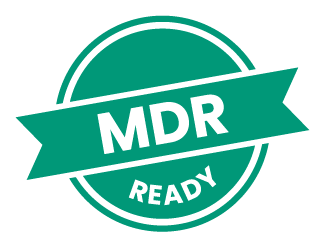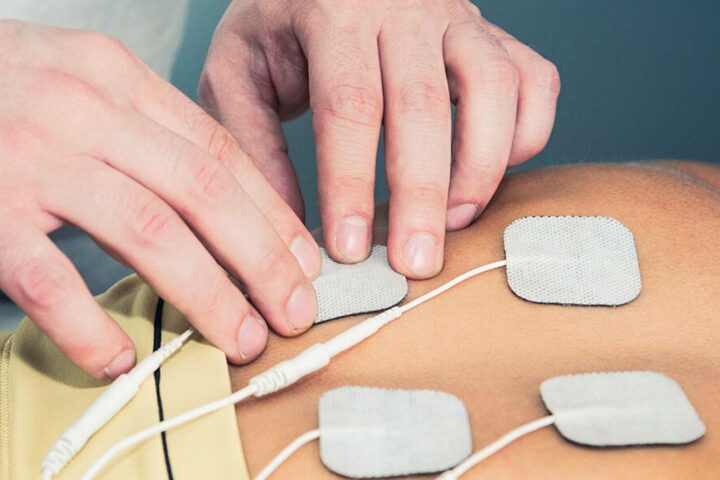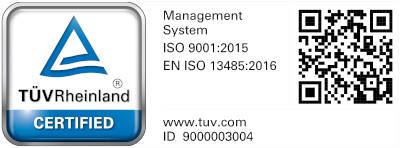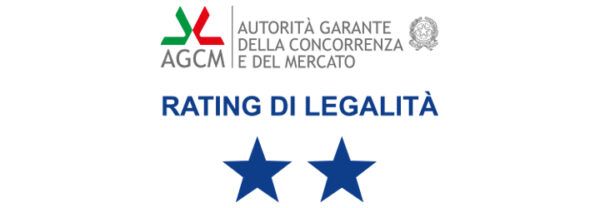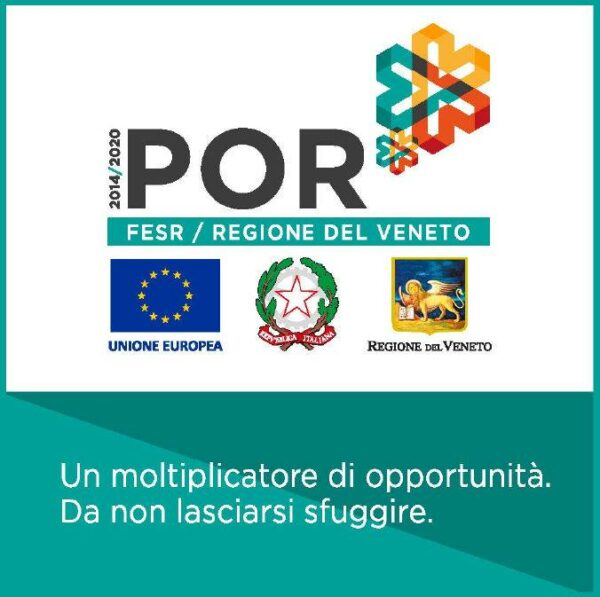The acronym TENS stands for “Transcutaneous Electrical Nerve Stimulation”. It is an electrostimulation technique used for analgesic purposes to counteract the effects of pain caused by various conditions and diseases.
This type of electric current has shown its effectiveness in the treatment of various conditions, including:
- Cervical pain
- Arthrosis
- Myalgia
- Neuritis
- Back pain
- Periarthritis
- Heavy legs
- Diminished muscle strength
To learn more, we suggest that you read this blog article which explains in simple terms the types of TENS and the benefits it can bring in treating pain.
At an academic level, TENS is divided into categories, depending on the mechanism used to reduce pain. There are:
- Conventional TENS (or rapid TENS rapid analgesic type)
- Endorphinic TENS (or TENS with delayed effect or electro-acupuncture or delayed analgesic training)
- Scan-mode TENS (which involves variations in the stimulus parameters during the treatment)
- Maximum-value TENS (with analgesic action and consequent immediate calming effect)
- Burst-mode TENS (which is a mix between the first two types of tens)
The rehabilitative function produced by TENS stimulation is achieved thanks to its ability to reduce pain and restore normal physiological conditions. In most cases, this allows the patient to recover normal motor activity.
For example, a patient suffering from annoying periarthritis has two possibilities: to resort to analgesics or to live with pain, which in some cases makes even the simplest movements impossible.
Immobility reduces the metabolic activity of the muscle resulting in the inability to drain the substances responsible for pain. In this way a vicious circle is created.
TENS, in addition to reducing pain, stimulates the metabolic activity of muscles, increases blood flow and improves the oxygenation of tissues, resulting in a greater supply of nutrients.
By combining TENS with muscle stimulation of the affected area, the effects will be amplified.
The intensity should be regulated between the perception threshold and the pain threshold. The maximum intensity limit is reached when the musculature surrounding the treated area begins to contract. Once this limit is exceeded, the stimulus does not increase its effectiveness, but just becomes annoying. Therefore, it is preferable to stop before reaching this limit.
RAPID TENS
Also called conventional TENS, it is a medical programme used as a painkiller.
It works by blocking pain in the body at a spinal level.
The pain impulses that start from a certain point in the body pass through the nerve channels and the small-diameter nerve fibres, until they reach the central nervous system where the impulse is interpreted as pain.
Standard TENS activates large diameter nerve fibres that block the transmission of lower diameter fibres at the spinal level. The symptom is targeted, that is to say, the passage is obstructed so that the “pain” message does not reach the brain.
Treatment lasts at least 30/40 minutes and can be used to relieve everyday pain.
On average, 10/12 treatments are required every day to begin to feel the benefits. However, there is no contraindication if it is used several times a day.
The programme lasts for 30 minutes and is performed in a single phase. In the case of particularly persistent pain, the programme must be repeated at the end of a session.
The electrodes are positioned so as to form a square in the area where pain is felt.
Endorphinic TENS
The effects of this programme vary depending on how the electrodes are placed.
If positioned in the dorsal area, they promote endogenous production of endorphins, substances that increase the pain threshold.
Whereas when they are positioned in the shape of a square on the painful area, a vascularising effect is obtained. This effect consists of an increase in arterial circulation, with positive consequences on the drainage of algogenic substances (pain-producing) and the restoration of physiological conditions.
The treatment takes 30 minutes in one phase, to be repeated every day.
The intensity should be adjusted to create a pleasant sensation in the stimulated area (between 10 mA and 20 mA, sometimes even higher).The sensation must resemble that of a massage.
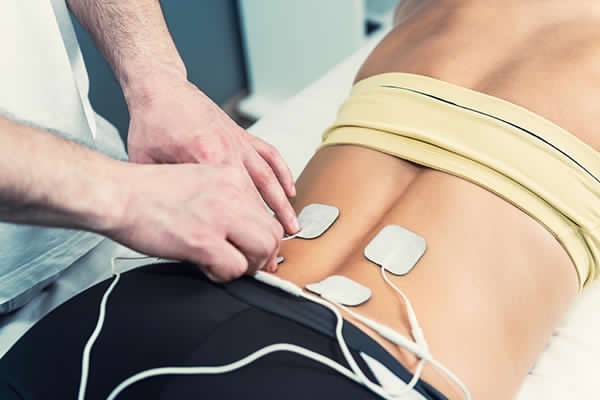
SCAN-MODE TENS
The action of this programme is very similar to that of the rapid TENS programme.
In this programme, both the frequency and the width of the pulse vary, to avoid habituation to the stimulus. As a result, it is not necessary to continuously increase the intensity. Simply select the intensity at the beginning of the programme and maintain it until the end.
It may happen that perception of the electric current decreases slightly during the programme. In this case, you have to wait until the end of the programme without increasing the intensity.
TENS therapy is still doing its job.
Treatment duration is 20 minutes or even higher.
The intensity should be set just above the perception threshold.
The position of the electrodes must in a square shape above the area where the pain is felt.
MAXIMUM VALUE TENS
This is a very short duration medical programme: only 3 minutes in one phase.
It causes a peripheral block of pain impulses, with a resulting local calming effect.
It is particularly suitable for major trauma or bruises, for which it is necessary to act quickly.
The intensity selected must be the maximum bearable, even if it is much higher than conventional TENS. This is why this stimulation is harder to bear, but extremely effective.
It is a programme that is not recommended for very sensitive people and should never be used in sensitive areas such as the face, genitals or near wounds.
Also in this case, the position of the electrodes must form a square on the treated area.
BURST-MODE TENS
This stimulation programme produces the effect of endorphinic TENS or training using very high frequencies but modulated in low frequency sets.
The action is similar to the endorphinic TENS programme, with a total duration of 15 minutes in one phase.
The position of the electrodes must form a square on the treatment area.
CERVICALGIA (NECK PAIN) – HEADACHE
This is a specific medical programme for the treatment of pain in the cervical area.
The intensity should be regulated between the perception threshold and the pain threshold. The maximum intensity limit is reached when the musculature of the area surrounding the treated area begins to contract. Beyond this limit, the stimulus does not increase its effectiveness, causing unnecessary pain.
The first results are visible after 10 or 12 applications, performed each daily. In any case, continue with the applications until partial remission or complete disappearance of the pain.
LUMBAGO
This is a specific medical programme for the treatment of pain in the dorsal or lumbar area.
In terms of intensity, the same as the cervical programme applies.
The first results are visible after 12 or 15 applications, performed each day. It is advisable to continue with the treatment until the pain goes away.
SCIATICA
This is a specific medical programme for the treatment of pain caused by the inflammation of the sciatic nerve.
Also in this case the intensity should be regulated between the perception threshold and the pain threshold.
The first results are visible after 15 or 20 applications, performed each day. It is advisable to continue with the treatment until the pain goes away.
The duration of the programme is 30 minutes.
SPRAINS – BRUISES
This programme locally inhibits pain.
The intensity should be regulated between the perception threshold and the pain threshold.
The number of applications varies between 2 and 3 times a day, until pain disappears.
ANTI-INFIAMMATORY
This is a specific medical programme for the treatment of inflammatory states where up to 2 applications a day are recommended.
Its intensity should be set just above the stimulous perception threshold.
Once the part to be treated is located, place the electrodes in a square-shaped arrangement.
Duration of the programme: 30 minutes in one phase.
VASCULARISATION
This a medical programme that produces a vascularising effect in the treated area.
This type of action increases blood flow, helping to eliminate algogenic substances and restoring normal physiological conditions.
It is important to pay attention not to place the electrodes near areas where local inflammation is present.
Applications are daily and you can use the programme as needed even for long periods (up to a few months).
The recommended intensity is that which causes a sensation between the perception threshold and that of slight discomfort.
The duration of the programme is 20/30 minutes.
MUSCLE TENSION RELIEVING
This is a medical programme designed to accelerate the recovery process of muscle function. Its action is immediate.
The intensity should be set just above the perception threshold.
Two daily applications for 3 or 4 days are recommended.
HEMATOMAS
Do not use in the period immediately following the bruise as there may be effusion. Wait a couple of days and then start the programme.
By combining different types of impulses, a draining action is obtained on the treated area.
In addition, pulses with different frequencies drain the area at different depths.
The intensity should be regulated between the perception threshold and the pain threshold.
The duration of the programme is 20 minutes in one phase. It can be repeated.
The position of the electrodes must form a square around the treated area.
ATROPHY PREVENTION
This is a medical programme designed for the maintenance of muscular trophism, focusing on muscle tone, especially on slow-twitch fibres.
It is particularly suitable for those who have suffered significant trauma, those who have been immobile for a long time or after surgery.
At low intensity, daily applications can be implemented. By setting a higher intensity, on the other hand, it is necessary to rest the muscle for an entire day after each application.
ATROPHY
This is a medical programme that works mainly on slow-twitch fibres.
It is ideal for the recovery of muscle tropism after long periods of inactivity or after an accident. It should be performed when the loss of muscle tone has already occurred.
This programme should be used with caution, i.e. with low intensity initially, producing slight muscle contractions. Increase the intensity gradually after the first 2 weeks.
Initially, 2 or 3 treatments can be performed per week. Then, you can gradually increase the intensity and use it every other day.

